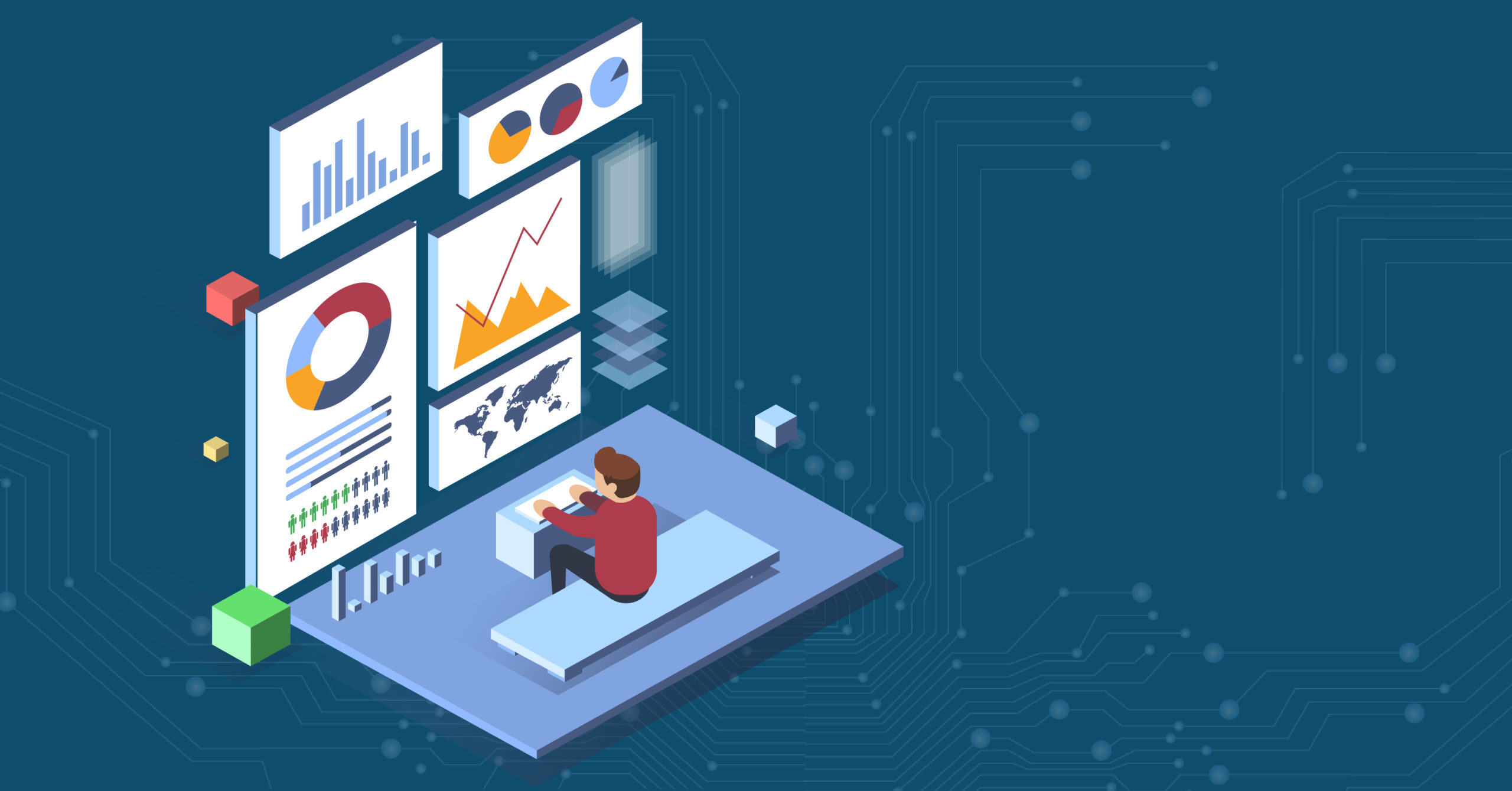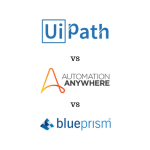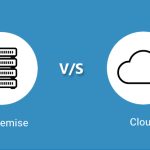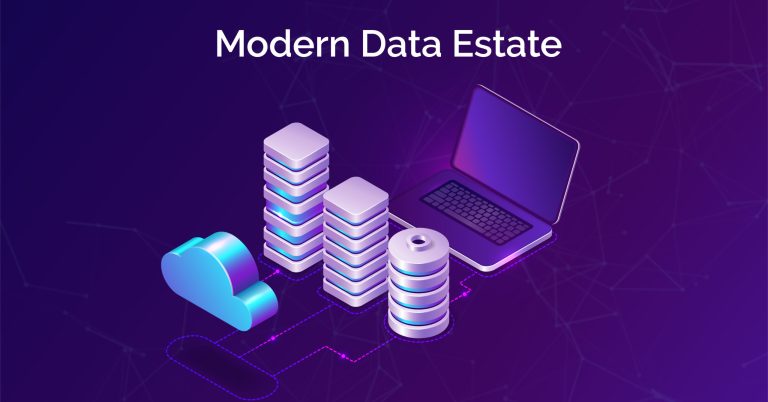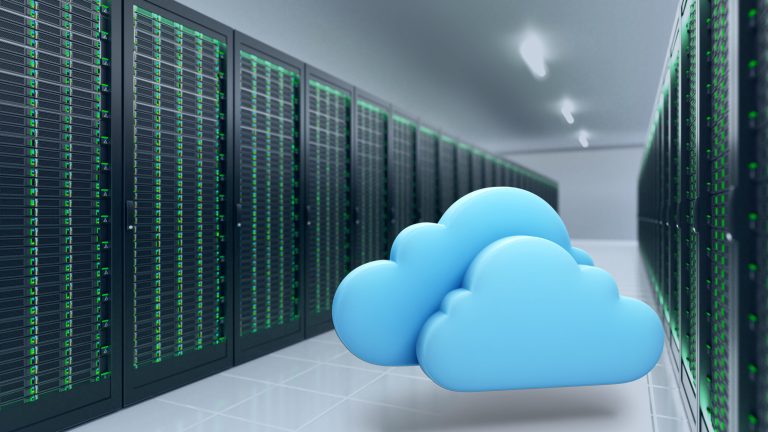The maintenance and upkeep of enterprise software and applications require significant spending in today’s technology-driven global market. It is a hefty financial investment that should be utilized for business development and expansion instead of operational sustenance. Therefore, it is incumbent upon any enterprise to try and cut costs of sustenance and employ those savings to gain a competitive edge in the market. Modernizing legacy applications could just be the key to solve this puzzle.
Wondering where to start for modernizing your legacy applications? Talk to us and explore the process.
Several businesses have put time and resources in building or acquiring applications in the past which are not compatible anymore. Upgrading and utilizing existing, but outdated applications, can drastically reduce costs and contribute to raising productivity. This is the reason why legacy applications are worth investing in, as they qualify for the cost-benefit analysis for many businesses.
However, before initiating any modernization project it is imperative to familiarize oneself with all the challenges and pitfalls.
Table of Contents
Challenges to Modernize Legacy Applications
a. Time-crunch and scoping
The task of modernizing legacy applications is handled by the operations and the development team. The very first issue faced by the DevOps team is that these kinds of projects come with a short deadline. In many instances, unexpected issues crop up while rearranging the different components of the application. These problems stall the speed of project completion. The team needs time to re-calibrate the status of the application and devise solutions that will best serve the purpose without raising costs. Thus, a short time frame adds impediment to the process.
b. Lack of expertise
The lack of sufficient expertise needed to tackle the comprehensive work of managing legacy applications is a separate challenge. Many operation teams are apt in handling problems that are either infrastructure or application-specific in nature. It is quite formidable to manage command over both domains and build a cohesive application.
c. Managing multiple vendors
It is challenging to juggle multiple vendor contracts simultaneously, who all come with a different set of prices, terms, conditionalities and upgrade schedules.
Looking for someone who could help you overcome these challenges? Talk to us for a free consultation.
d. Internal resource shortage
Enterprise management also faces hurdles in acquiring all the necessary resources for this endeavor. The comparatively longer time-frame of these projects necessitate vendor lock-ins. Businesses find themselves in a bind to finalize a single cloud platform or container vendor for the entirety of the operation. This compulsion allows for a possible hike in prices in the future which raises the overall cost of the project.
e. Complexity of internal application ecosystem
It is tricky to modernize legacy versions of certain applications that are built in an adamantine manner where the different components are strongly inter-woven together to firmly secure the structure. In such applications, the associated data along with security and networking configurations area all clubbed together with the underlying infrastructure. This tight coupling makes it extremely tricky to individually upgrade the different components. Testing these distinct components is a long and time-consuming process. Thus, making it harder to pull-off even slight modifications.
f. Cross-function productivity
Another issue arises in large-scale businesses when different departments like- marketing, finance, etc. utilize different infrastructures for the same application. This makes it tough for the IT team to consolidate and optimize its infrastructure budget for platforms which are a suitable amalgamation of efficiency and effectiveness. It further compounds the testing issue mentioned earlier.
[sf_button colour=”accent” type=”standard” size=”standard” link=”https://datasemantics.co/contact-us?utm_source=Blog&utm_medium=top-5-best-practices-to-modernize-legacy-applications” target=”_self” icon=”” dropshadow=”no” rounded=”no” extraclass=””]Contact Us to Know More[/sf_button]
Considering all the above challenges, there is a need to question prevailing wisdom regarding modernizing techniques. The following five practices pave a new path forward by providing some new ideas to upgrade legacy applications.
Top 5 Best Practices to Modernize Legacy applications
1. Anatomization

Anatomization involves breaking down every component of the legacy application until its bare-bones structure is left. Breaking down the monolith into its independent working parts will facilitate a virtualized application environment.The legacy monolithic application is re-architected according to the microservices model, containerizing them and rolling out modern DevOps practices.
This is accomplished through encapsulating the monolithic application into a collection of services that can be built, deployed and managed independently from one another. Although it involves disintegrating the application into services, it does not require a complete rebuild from scratch. It puts greater control in the hand of the enterprise and provides advantages such as as-business agility, faster time to market, reduced costs, and an opportunity to reinvent the customer experience. Technologies leveraged include cloud-provided PaaS (where desired), microservices, serverless, containerization, and modern DevOps practices.
2. Abstraction
As the name suggests, here the application is rewritten by abstracting the data from the legacy application. With the current advances made in technology, languages, frameworks and other efficiencies allow lower-level programming to be abstracted. This abstraction of the complete functionality allows enough flexibility for the application to transition into different infrastructural compounds without altering the code. This helps in obtaining complete portability. Enterprise needs portability between cloud environments, container tools, storage options, and servers to break vendor lock-in. By gaining the malleability needed to switch vendors, the enterprise may opt for those vendors which are more trustworthy and provide better performance at lower costs.
Abstraction could be understood as a house, which instead of being re-modeled, is being re-built by using the raw materials of the old house. And similar to a house, starting fresh can sometimes be more cost-effective and can yield a much better result compared to a remodeling project.
Examples include code employed for application life cycle, custom network protocols, and security. Thousands of lines of code can often be replaced with dozens or a few hundred, again and again throughout the application.
3. Cataloging
It is vital to categorize and record every component of legacy application alongside the cost of replication of those specific components. Different components pose a different level of challenge while integration. Some components are inexpensive and effortless to implement while others might be difficult to execute and costly to port from one infrastructure to another. Therefore, the requirement for this systematic cataloging emerges. This classification provides clarity about the requirements as well as the corresponding expenditure. By comparing them side-by-side, the DevOps team can create multiple new versions of the application. Going through these varied permutation combinations, they can easily arrive at an option that is feasible to replicate. It makes the whole process a lot quicker as teams can replicate complex application environments for testing or deployment. This replication is quite swift to conduct as the catalog contains all the essential details. This also paces the entire process of integration testing, performance testing, planning, and migration processes.
[sf_button colour=”accent” type=”standard” size=”standard” link=”https://datasemantics.co/contact-us?utm_source=Blog&utm_medium=top-5-best-practices-to-modernize-legacy-applications” target=”_self” icon=”” dropshadow=”no” rounded=”no” extraclass=””]Contact Us to Know More[/sf_button]
4. Security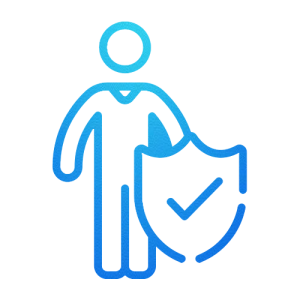
Security must be treated as any other integral component and therefore must be worked on from the very beginning of the application building process.Improving quality is a necessary condition for addressing software security issues as 70% of the security weaknesses are also quality defects. Quality is not an esoteric value, it is a measure of risk in the software. Many organizations put QA gates in the software development cycle, however manual inspection only finds about 20% of the defects within individual modules. Instead of relying upon a single monitoring tool, it is best to take a best-of-breed approach to security by utilizing a combination of vendor-provided monitoring tools like Azure Monitor, third-party tools like PagerDuty, and open source monitoring tools like Prometheus.
Security in the cloud requires adequate encryption of data in transit and at rest. The cloud vendors provide encryption services for this purpose. Additionally, open-source tools like Calico are enabling policy-based security that is purpose-built for micro-services.
5. Collaboration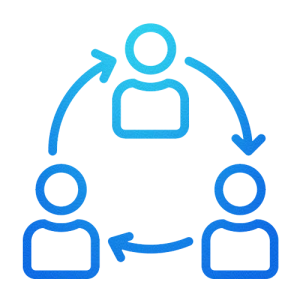
Modernization is no longer limited to the wholesale replacement of an aging application. Organizations have rightly begun to approach it more modularly, exploring how they can modernize parts and pieces of an application as business and architectural needs demand. DevOps is essential to modernization, making it a collaborative process. As neither the development team nor the operations team can accomplish this task on their own. This process requires expert handling of both these domains which can only be achieved by working together and using each other’s knowledge to masterfully upgrade an old application to suit current requirements.
If these teams start working in lockstep with each other, they can decode and shift more and more component combinations from one platform to another. Developers need to be able to work in a modern DevOps environment on both mainframe and open-systems platforms. Application modernization enables DevOps success and vice versa. As legacy applications and their environments are modernized, DevOps teams can spend more time on developing and delivering new features and less on overcoming friction in the software life cycle of existing systems.
Conclusion
The modernization of legacy applications has long been a challenge that many enterprises refuse to accept even though it can assist businesses to optimize costs and re-allocate resources with flexibility. However, by following a smart strategy and incorporating the above practices, successful up-gradation of legacy applications is not a hard nut to crack.
[sf_button colour=”accent” type=”standard” size=”standard” link=”https://datasemantics.co/contact-us?utm_source=Blog&utm_medium=top-5-best-practices-to-modernize-legacy-applications” target=”_self” icon=”” dropshadow=”no” rounded=”no” extraclass=””]Contact Us to Know More[/sf_button]

